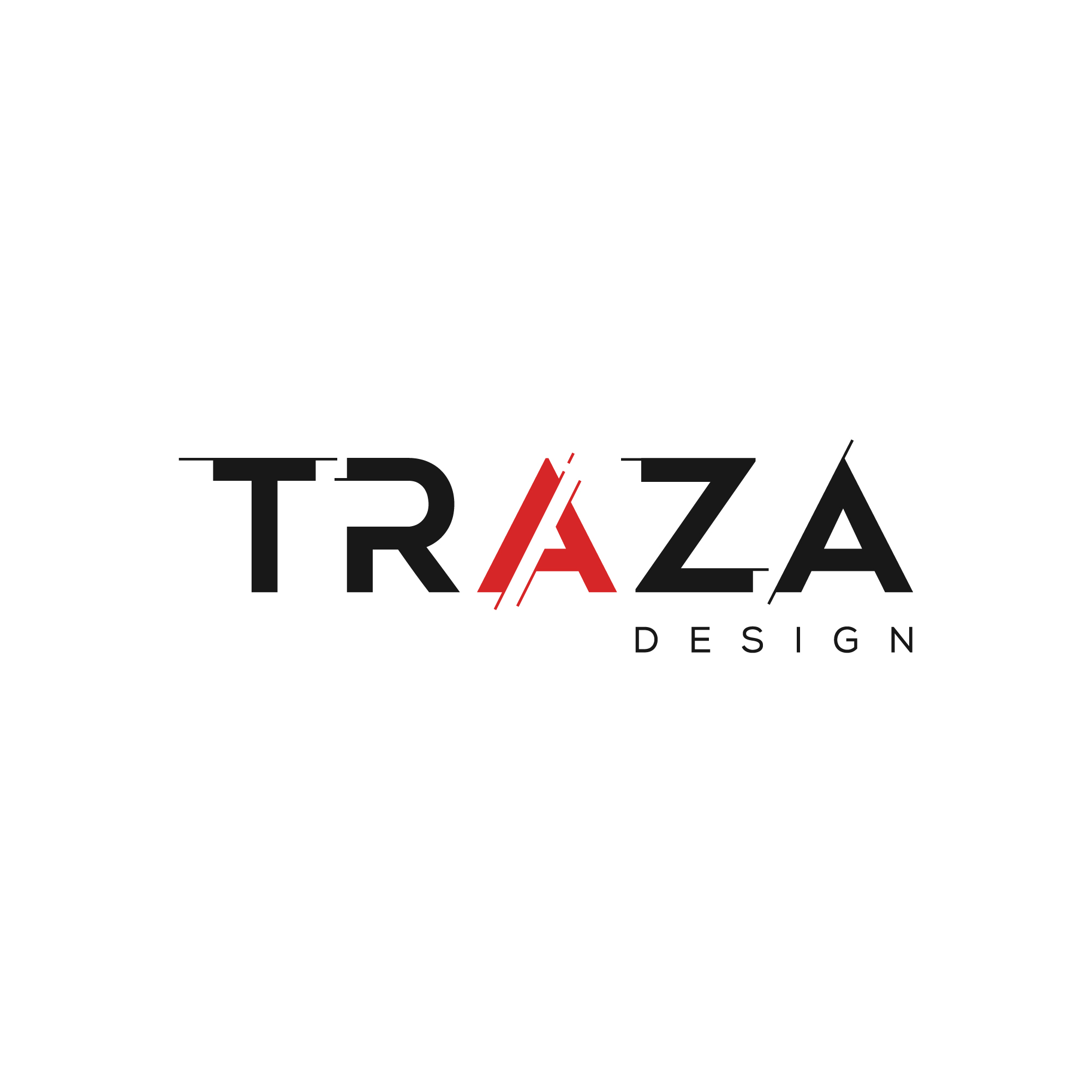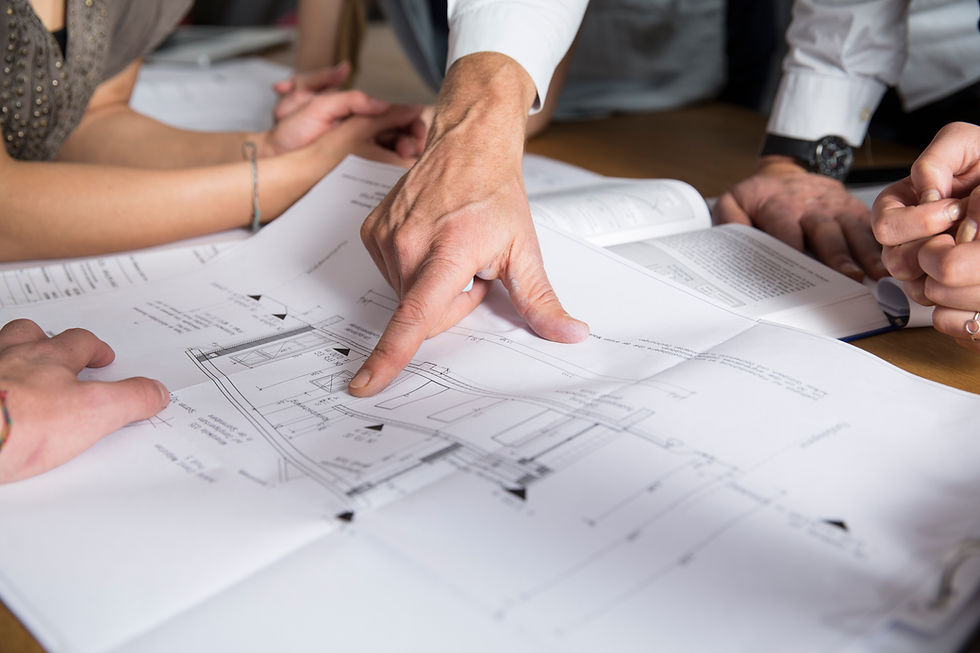Selecting a Project Delivery Method for Your Next Project: At a Glance
- Traza Design

- Dec 10, 2021
- 4 min read
Updated: Dec 15, 2021
What is a Project Delivery Method? Why is it important?
As an Owner, you often have the responsibility of selecting the appropriate project delivery method unless you leave that responsibility unto your Designer. A project delivery method is just that, a standard method of carrying out a project. It affects the team structure, level of design, detailing effort, cost, and schedule. There are many methods with multiple variations to each. Understanding these methods can help the Owner find the right company or individual to help them realize their dream. Some things to considered before selecting a project delivery method are:
Budget: How much are you willing to spend, and is your budget rigid or flexible
Design: What are you needs, wants, and wishes as an Owner
Schedule: What is the timeline for the project, and is their room for changes
Owner Expertise: Consider your familiarity with construction and design.

Design-Bid-Build (DBB)
The design-bid-build method is a chronological delivery method. Under this approach, a Designer designs and prepares construction drawings and specifications under a separate contract with the Owner. The documents are then used for pricing and ultimately awarding a construction contract based mainly on competitive cost. Under this method, the Contractor has a separate contract with the Owner often times quoting a fixed price. This is a traditional method and relatively simple because the roles are are well defined. The Designer serves as the liaison to the Owner without interrupting the work of the Contractor.
Some of the disadvantages come from its chronological order. Construction cannot proceed until all design is complete. Due to the competitive nature of the delivery method, Contractors may underbid or underestimate the schedule and can lead to longer construction times.
Construction Manager as Adviser (CMa) and Construction Manager as Constructor (CMc)
Similar to the Designer, under this method, a Construction Manager (CM) acts as the Owner's agent without any financial gain in the project. The CM is hired separately from the Designer as well. The CM provides early cost estimating and advises on the constructability of the design. They often times provide value analysis and assistance with scheduling and purchasing materials. This makes for a fast-tract construction.
The two main disadvantages to the method are one, the cost of adding a third party to the design and build team are higher. The other is that it creates a more complex management structure. These disadvantages can be reduced if the CM is hired as the builder for the project as well. Being accessible since the design phase, a CM under this method, a Contractor can begin work before the design documents are even completed. An example of this is, drawings and specifications for the foundation can be priced before the Designer completes the rest of the drawings.
Design-Build
Under this method, a Designer and a Builder work together as a single entity to carry out the project. It is like having a Construction Manager and a Designer under one contract. This could be structured in multiple ways such as the design and build team can be two different companies. Typically the Contractor leads the team with a Designer only having agreements with the Contractor and not the Owner. A company can also have a design and build team as part of their company structure offering both types of services to the Owner. With this method, an Owner provides a project statement that establishes the Owner's requirements. The design-build team then develop a preliminary design with a proposed contract sum. If the Owner agrees, the Owner and design-build team execute the agreement.
Under this method, the Owner has less control of the over the design and construction than other delivery methods. This is because the Designer and the Builder work together giving each other advice on either side where cost and time savings can be carried out. It is very important when selecting this method that the Owner has a clear idea of their needs and can translate that to the design-build team.
Design-Assist Contracting
This method is typically used with the development of a complex or very unique portion of the building such a a very unique cladding system that requires specific detailing. A Subcontractor is brought in to assist the Designer and Builder currently working on the project. This method should not interfere with an already established delivery method. Instead, it is to help facility the process. The Designer or design-build team can advice the Owner in selecting the best Subcontractor for the job.
Integrated Project Delivery (IPD)
This method requires the involvement of all the parties mentioned before to collaborate on every aspect of the job. This is carried out from the earliest conceptualization to move-in. The idea behind this method is that all members will work together sharing all profit and loss. This method depends heavily on technology and communication. Advantages to this method include a better design, a shorter project delivery time, lower project costs and quality construction. This is the most difficult project delivery method due to the unique compensation, legal responsibilities, and technological standards it requires to work appropriately. This is why this method is often used in very large scale projects.

How can we help?
Are you struggling with your own design? We can help! We would love to collaborate with you on your next project. Our involvement in a project is most valuable at the earliest stages of a project. This is because most big decisions often with the biggest consequences are made. We want to provide you with professional advice when it matters most. After all, We don't want you to have any surprises when signing on the dotted line.
Visit our website to learn more: www.traza.design




Comments